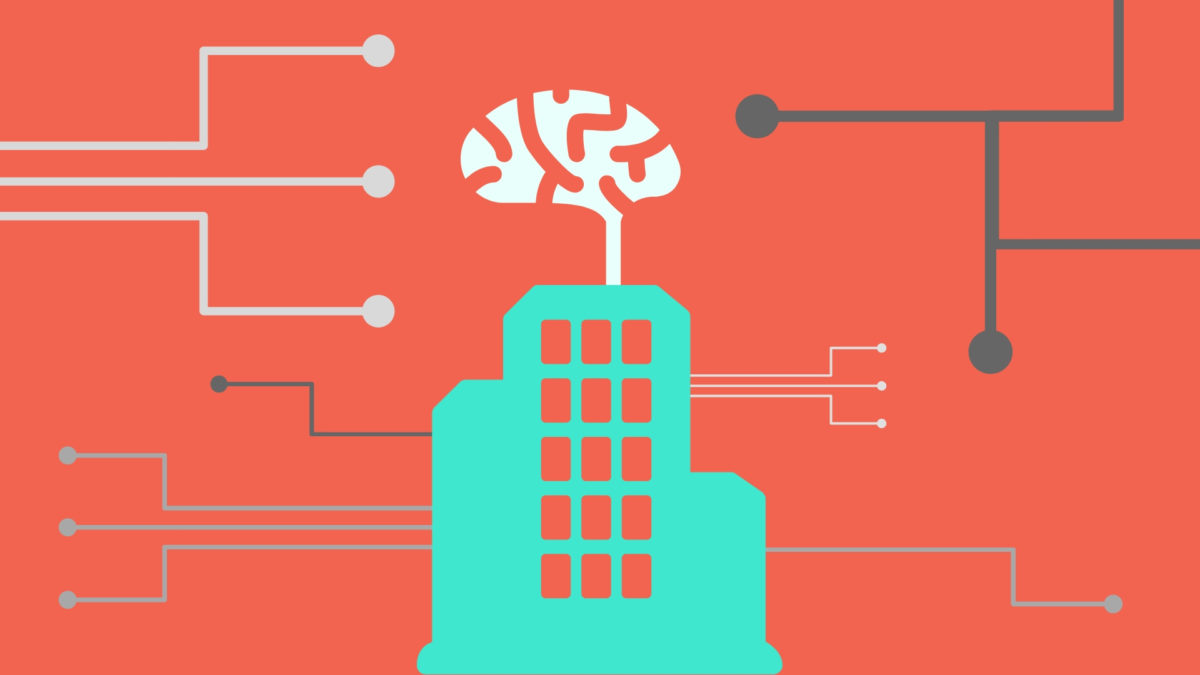“Good Morning, Nicole. I hope you had a pleasant weekend. I will now direct you to today’s workspace – please follow me. Temperature and lightning have been adjusted to your preference. I also noticed your vehicles low battery level – I will make sure to connect it to the charging station. Your flight to Frankfurt departs at 3 PM today – a cab will pick you up at 1.30 PM.”
One might think I have a very attentive and organized assistant, right? However, it is 2020 and not a human greeting me so friendly – the building is talking to me. Say hello to the future of work.
At the beginning of the century, automated buildings began to transform into smart buildings. They learned to measure and understand energy consumption and asset utilization levels, but those processes were generally constraint to the analysis of primary data points – no two-way integration, no learning, no reasoning.
Thanks to Moore’s Law withstanding and progress in IoT and sensor technology exponentially growing, a new game changer is entering the field – welcome to the era of cognitive buildings. The complex practice of merging architecture with highly advanced technology creates the next generation of sustainable building systems. This allows us to not only eliminate prior limitations with regard to analytics, but to entirely redefine the meaning and processes of work and organizational culture. Leveraging sensor technology in combination with deep learning mechanisms allows the building to scale the deployment of thousand data points, finally anticipating user behavior, driving down cost, enabling innovative collaborative services and – last but not least – reduce the carbon footprint (EnOcean Blog, 2017).
Now, consider the bigger picture: industry specific application of cognitive buildings, such as in hospitals or airports, will finally create entire networks of interconnected cognitive buildings, transforming the way we live significantly (Harrison, R. 2016). However, this clearly creates risk with regard to privacy and data security and the general uncertainty that comes with advancement – but then, when did the fear of uncertainty ever stop human kind from progress?
Sources:
EnOcean Blog. (2017). Cognitive Buildings. EnOcean Blog. Retrieved from:
www.blog.enocean.com/cognitive-buildings/
Harrison, R. (2016). Cognitive Buildings: Smartening Up for the Future. GenslerOnWork. Retrieved from: www.gensleron.com/work/2016/7/8/cognitive-buildings-smartening-up-for-the-future.html
Bloomberg (2015). World’s Greenest Office Building Is Dutch: The Edge. YouTube, Retrieved from:
www.youtube.com/watch?v=JSzko-K7dzo

